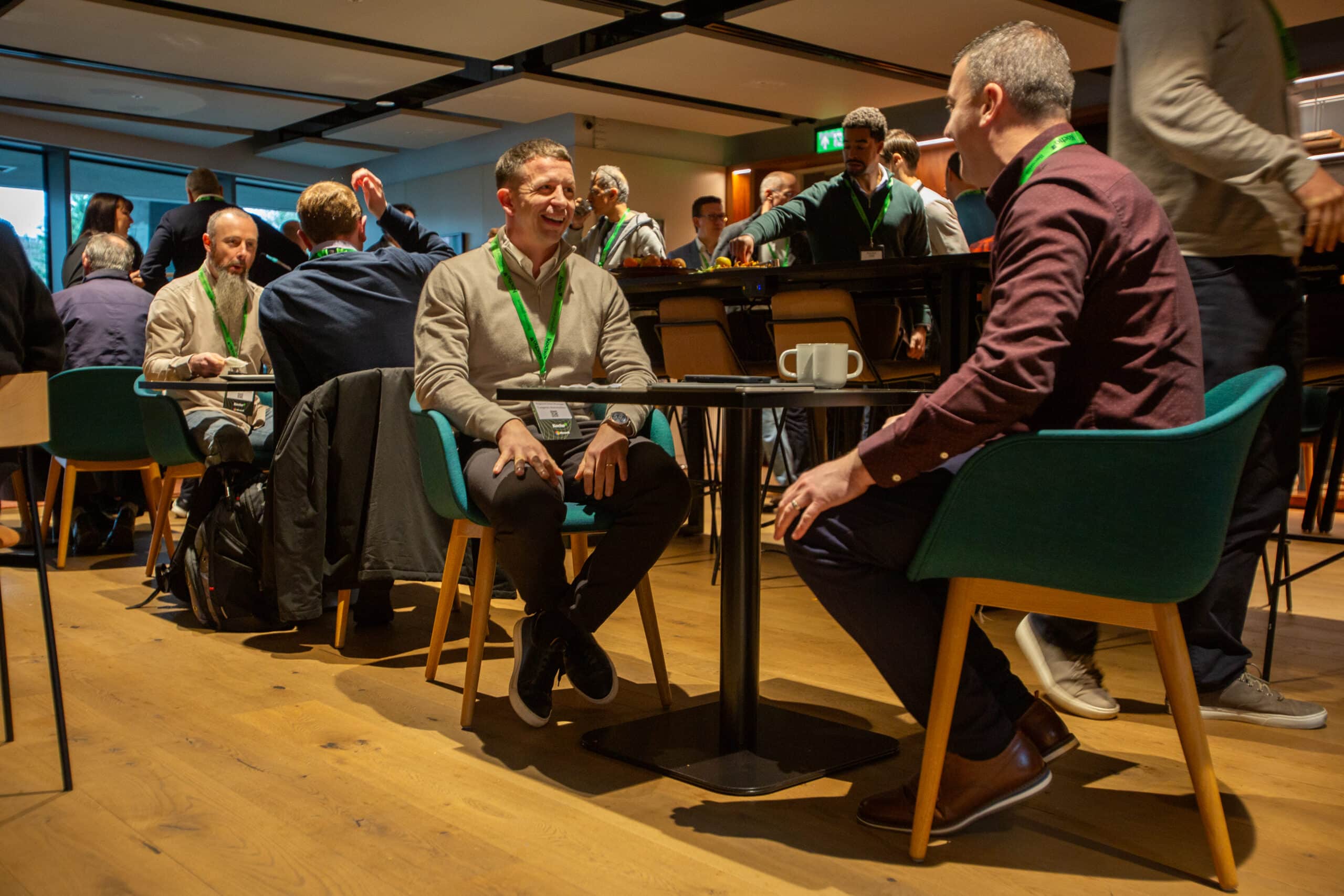As organisations embrace zero trust strategies to strengthen their security posture, we look at the important role multi-factor authentication (MFA) has to play.
For a zero trust strategy to be successful, it needs to be woven into the fabric of your organisation.
An environment where trust is never assumed. Where every user, every device, and every entry point are considered risks.
If you need access to data or resources, then authentication is required.
At all times, without exception.
Which is where MFA comes into the equation.
And, the reason it should play a key part in your zero trust strategy.
So, why are we even talking about zero trust?
Zero trust is the common sense approach to keeping a modern workplace protected.
More than ever, organisations are embracing the benefits of cloud applications, remote work, and mobile devices.
All of which pose new challenges when it comes to IT security.
- Remote or hybrid work increases the attack surface and potential vulnerabilities. This is due to accessing resources from new devices and locations.
- Cyber threats are continually evolving. Attackers have moved their approach to identity. They access targets through phishing, credential theft, and social engineering.
- More and more organisations are being asked to prove their compliance around data protection. If you’re deemed to have suffered a breach through negligence, the penalties can be severe.
A zero trust approach helps you mitigate these challenges. And, key to this is ensuring users verify their credentials.
Every time, on every device, from every location.


Free Guide
Everything you need to know about Microsoft Entra
The most comprehensive guide to Microsoft Entra. Over 40 pages. Plus, Microsoft licensing simplified.
Discover how you can:
- Cut costs by removing 50% management effort
- Elevate security – reduce breach chances by 45%
- Automate provisioning to ensure compliance
MFA adds muscle to your authentication process
Are you serious about zero trust? Then single-factor authentications like passwords are not enough.
They’re easy to hack and all too frequently fall into the wrong hands.
In other words: you’re putting your business at risk.

81% of company data breaches are caused by poor passwords.
Malicious actors are on the prowl. Looking to steal user credentials through tactics like phishing or social engineering. Probing for ways to access your system and data.
If the only lock in the door is a password, they’ll be able to walk right through.
Add MFA, however, and you can slam the door shut on those looking to trick their way in.
To gain access with MFA, users must provide extra information, or take a further action.
Typically this would be something like:
- A unique code generated from an authenticator app on your mobile.
- A code generated and shared with you via SMS or email.
- A biometric action such as fingerprint or facial recognition.
- Authentication via a security key.
Watertight verification and maximum security
The core principle at the heart of zero trust is: never trust, always verify.
Applying MFA is a critical component in achieving watertight verification. Controlling and protecting the access to your resources and apps.
It’s an additional, secure barrier. A safeguard against unauthorised attempts to get into your system.
Even if a username or password is compromised, without further authentication, access would be denied.

Multi-factor authentication prevents 99.9% of identity attacks.
MFA secures assets when accessing remotely
Remote and hybrid work creates a different security challenge to traditional office-based working.
- Accessing data and resources from mobile devices.
- Attempting to sign-in from multiple locations.
- Connecting from public Wi-Fi networks.
All of which sit outside the traditional IT perimeter, creating new vulnerabilities.
A zero trust approach, with robust MFA, adds a vital security layer. Which reduces vulnerability and mitigates remote risks.
But, won’t these extra access barriers affect productivity?
Not if you apply MFA alongside other tools in your zero trust arsenal.
Consider, for instance, combining MFA with Microsoft’s Conditional Access. This provides access to users, based on specific criteria.
For instance:
- User
- Location
- System being accessed
- Device being used
In this case, your MFA recognises when conditions have been met. Meaning fewer MFA requests for the user, and easier access to resources.
A zero trust strategy needn’t become a barrier to productivity. You just need the right applications in place.
Implement MFA with your Microsoft Entra ID licence
As the world’s largest cloud-based identity service, Entra ID offers features primed to enable your zero trust strategy.
Such as:
- Identity management
- Permission management
- Conditional Access
- Identity threat protection
Plus, Entra ID makes it easy to implement MFA across your entire organisation.
And, it’s versatile. Entra ID supports a broad range of authentication options. This includes older methods like one-time SMS codes and push notifications. It also supports modern passwordless authentications, such as:
- Microsoft Authenticator
- Windows Hello
- FIDO2 Security Key
- Biometrics
Activating one or more of these MFA methods can help you take significant steps towards securing access.
Improving security, and letting your people access the resources they need. Whenever and wherever they need it.
MFA should be part of a wider zero trust strategy
Zero trust is a mindset that needs to be adopted across the organisation. A culture developed on the principle of ‘assumed threat’.
This requires training, awareness, and buy-in from the people in your company. And, a range of technology to support it.
Tools for threat detection, identity, and permission management. For compliance monitoring and risk assessments.
And, of course, for ensuring users are who they say they are.
MFA is not the only tool in the box, when it comes to your zero trust strategy.
But it’s a critically important one.
Key takeaways
A zero trust strategy requires user access to be verified at all times.
MFA provides a powerful protective barrier against malicious attempts to access data.
Remote work can be carried out safely and productively thanks to MFA activation.
Easily set-up MFA with Microsoft Entra ID as the pillar of your zero trust strategy.


Free Guide
Everything you need to know about Microsoft Entra
The most comprehensive guide to Microsoft Entra. Over 40 pages. Plus, Microsoft licensing simplified.
Discover how you can:
- Cut costs by removing 50% management effort
- Elevate security – reduce breach chances by 45%
- Automate provisioning to ensure compliance

Great emails start here
Sign up for free resources and exclusive invites
Subscribe to the Kocho mailing list if you want:
- Demos of the latest Microsoft tech
- Invites to exclusive events and webinars
- Resources that make your job easier
Got a question? Need more information?
Our expert team is here to help.








